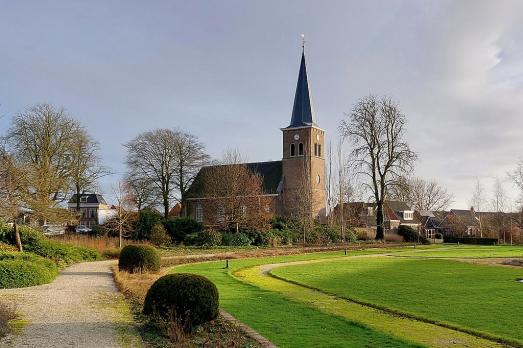
Terptsjerke
Akkrum, NL
The Terptsjerke is a Protestant Church built in 1759 in Akkrum.
Here you can search for a building to visit. You can use the map find destinations, or you can use the filters to search for a building based upon what different criteria.

Akkrum, NL
The Terptsjerke is a Protestant Church built in 1759 in Akkrum.
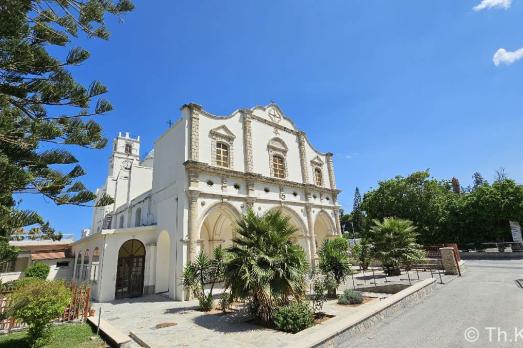
Larnaca, CY
The building is located in the centre of the town.
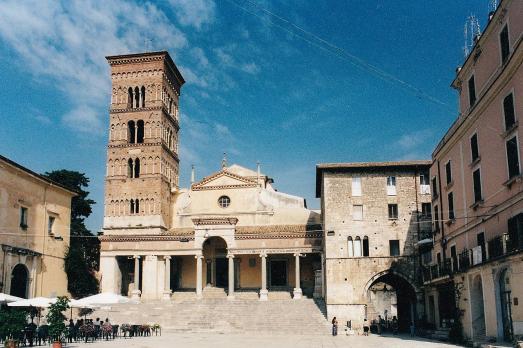
Terracina, IT
Terracina Cathedral was built between the 5th and 6th centuries using what was left of an ancient Roman temple with five naves in the city's forum. The building has undergone various interventions and restorations, including that of the 11th century, that of the 13th century and, above all, the restoration of the 18th century, which reduced the church from five naves to three with the construction of side chapels and the barrel vaulted ceiling in place of the Romanesque farmhouses.
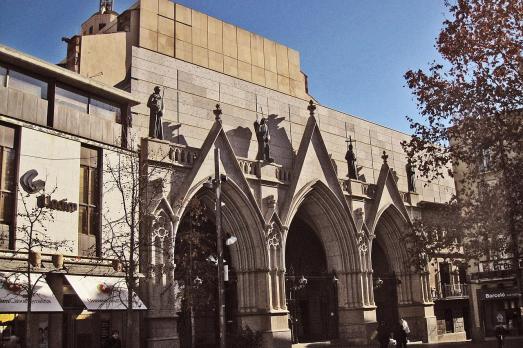
Terrassa, ES
The cathedral of Terrassa was built between 1574 and 1616 in the Gothic style. During the Civil War of 1936-1939, it suffered a fire that affected the interior of the basilica and was used during the war as a car park; the restoration was completed in 1958. In 1999, the bell tower and façade were completed and a new section was added to the attic.
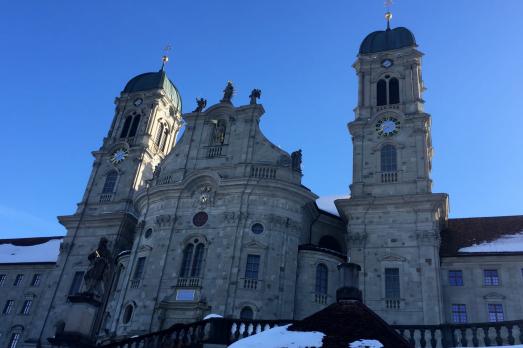
Einsiedeln, CH
The territorial abbey of Einsiedeln is a Benedictine monastery founded in the 10th century, but the present Baroque monastery was built from 1674 to 1735 according to the plans of Caspar Moosbrugger. Since 1130, the monastery has been a double abbey where two communities live in two different places under one abbot: men in Einsiedeln, women in Fahr. The monastery is an important station of the pilgrimage to Santiago de Compostela and the destination of many pilgrims. The "Black Madonna" of Einsiedeln in the Gnadenkapelle attracts about one million pilgrims and tourists every year.

Teruel, ES
Teruel Cathedral was founded in 1171 as a Romanesque church to which a Mudéjar tower was added in the 13th century. It was not until 1587 that it became a cathedral with the creation of the diocese of Teruel. A notable example of Mudéjar architecture, it has been inscribed on the World Heritage List since 1986, along with other Aragonese Mudéjar buildings.
Amsterdam, NL
On the site where sawmills once stood, the synagogue of the Tesjoengat Israel or 'Vereeniging Hulpe Israëls' was inaugurated in 1892 at Gerard Doustraat 238. The Jewish architect Emanuel Marcus Rood (also the architect of the Central Israelite Nursing Service in Jacob Obrechtstraat) designed the building, which was built in neo-Dutch Renaissance style. Because many diamond workers felt at home here, the synagogue was also called the 'Diamond Synagogue'.
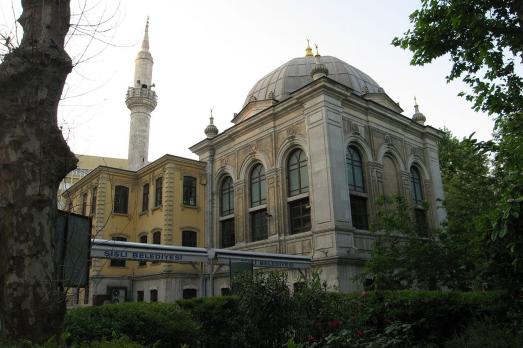
İstanbul, TR
The Teşvikiye mosque was built in 1794 at the instigation of Sultan Selim III (1789-1807), but most of the present mosque dates from the reign of Sultan Abdulmejid I (1839-1861) and was completed in 1854. The mosque is part of a group of buildings built at the same time in a strong European style, such as the Dolmabahçe Palace and the Mosque of Ortaköy. At the end of the 19th century it was renovated to its present appearance.
Maastricht, NL
The Tevhid Mosque is a mosque and multicultural centre in the neighbourhood of Brusselsepoort, Maastricht. It is a red brick rectangular building with a small dome and a slender, aluminium-clad minaret. It was inaugurated in 1991.
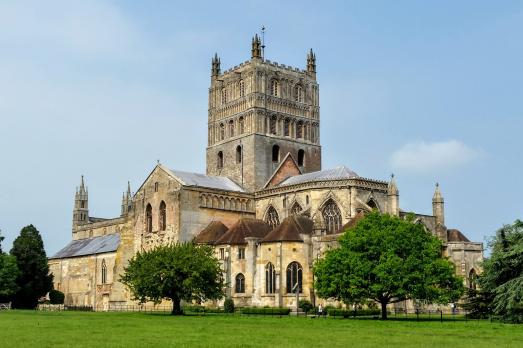
Tewkesbury, GB
With its enormous and imposing central tower, Tewkesbury Abbey is a Norman church built on a cathedral scale. The sheer size of the building is further emphasised by the west end, which is entirely made up of a huge arch that rises to the full height of the nave. The look and feel of grandeur is continued inside, where giant pillars soar up to the roof.

new
Nestled amidst the serene landscapes of the Harz region, lies a hidden gem for nature enthusiasts and history buffs alike - the Harz Monastery Hiking Trail. Lace up your hiking boots and embark on this captivating adventure that will transport you back in time.

The Holy Mile (Miglio Sacro) of Naples is a one-mile-long itinerary, through sacred places linked to the city's patron saint, San Gennaro, in the Rione Sanità district. Discover the city from a new perspective with this unique walking tour.

As a university city, cultural offerings abound in Tartu and will reach their peak after being designated one of three European Capitals of Culture for 2024. In this list, we've compiled the most interesting sacred places to visit in and around the old town.